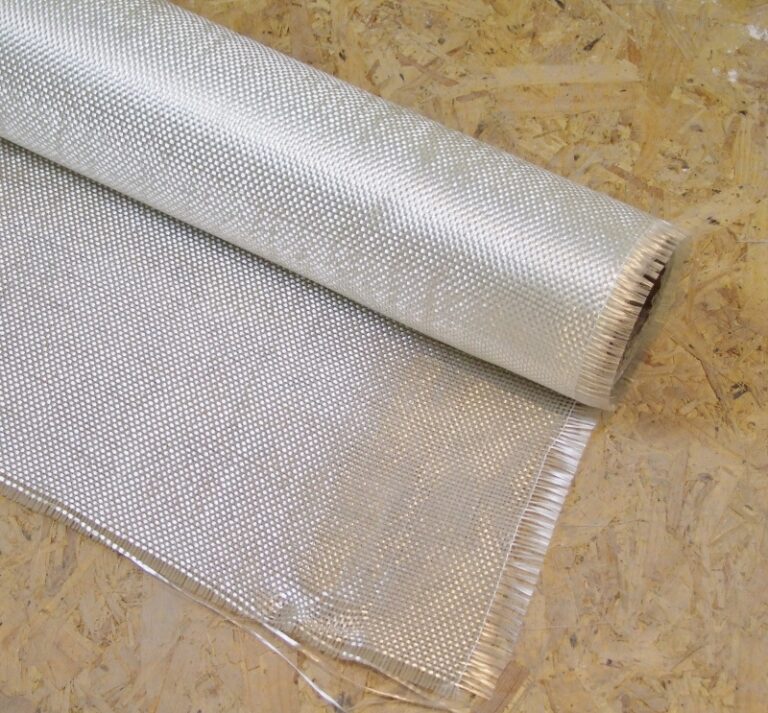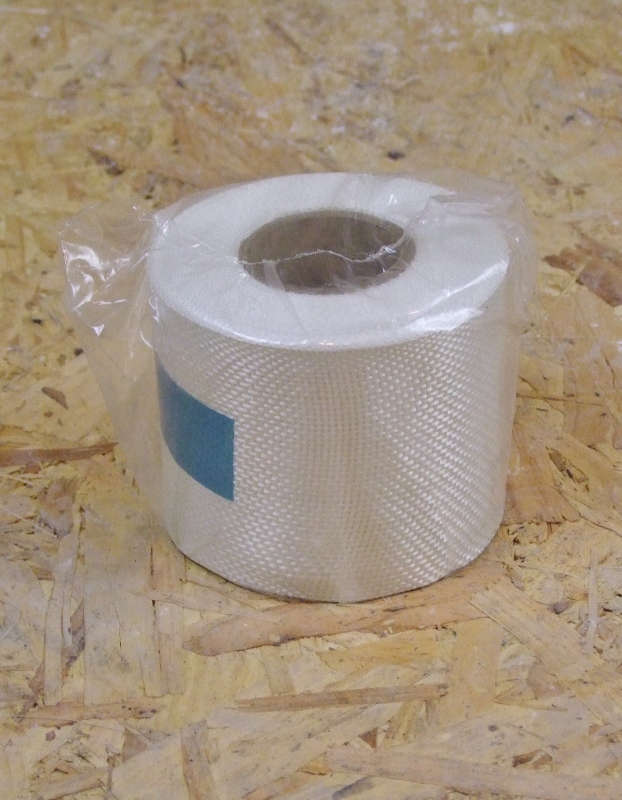GRP Fibreglass – Uses and Benefits
Why use GRP?
Glass-reinforced plastic (GRP) is a composite material commonly known as fibreglass. Composites are created by combining two or more individual materials in order to create a substance with the sought-after characteristics of both.GRP is a composite made from resin and glass, which results in a strong lightweight product. The glass is in the form of either chopped strand mat, woven roving or glass strands. Aramid or carbon fibres can be used when additional strength is required for advanced applications.
GRP can be used for a multitude of applications as it is extremely adaptable and versatile. From flat roofing to boat repairs, Fibreglass has many properties which can’t be found in ordinary building or repair materials.


Advantages of GRP
Unlimited Design Potential
The unique attributes of GRP allow it to be moulded and engineered to almost any shape or design which allows for unlimited possibilities. It can also be engineered with virtually any finish, colour or size. These design capabilities have resulted in an increase in the use of fibreglass as a choice material for Engineers, Architects, Designers and Builders.
Cost Effectiveness
In recent years, the overall costs of GRP materials have decreased. Competitive prices combined with its long-life expectancy makes it an economical alternative to traditional building materials.
Adaptability
GRP is traditionally a lightweight but very strong material which appeals to a variety of industries and user types. Again, fibreglass will provide lots of advantages for a wide range of products thanks to its lightweight and low-maintenance requirements. It is an attractive feature for architectural and building projects. Other industries where GRP use is prevalent are; leisure, marine, automotive, aerospace, transport and defence to name but a few.
Lack of Constraints
Imagination is the only inhibitor when it comes to what can be achieved with GRP. It can be designed, moulded and finished to the desired specification there are minimal limitations on production capabilities.
Aesthetics and Finishes
GRP can be finished with a choice of matt, semi-gloss or high gloss coloured topcoat or gelcoat. The gelcoat is applied prior to the product being moulded ensuring a high-quality finish.
In highly corrosive environments Topcoat will perform much better than most paints. Various textures can be achieved by adding different finishing materials e.g. Surface Tissue to mould the product. In comparison to traditional building materials, fibgreglass components will finish with a sleek contour and a superior moulded appearance.
Corrosion Resistant
GRP is corrosion and weather resistant which makes it a perfect component for most indoor or outdoor products. It is a popular alternative over metal, wood, or plastic. Where exposure to harsh environments is a concern, it can aid resistance to UV light, extreme temperatures, salt air, and a variety of chemicals.
As it is chemically inert and corrosion-resistant it is often a cheaper alternative to materials, particularly in highly corrosive environments. Once materials are applied correctly, GRP structures will enjoy a long lifespan with most projects lasting in excess of 20 years.
Easy to Maintain
GRP Products are extremely easy to keep clean and require little or no maintenance. They will not rust or corrode which makes them highly durable and cost-effective.
Tricel Composites stock a range of fibreglass materials for all applications within the composite manufacturing industry. Our products are quality approved and tested rigorously by our expert team. We stock the leading brands within the composites industry at competitive prices and whether through our own fleet or in partnership with our logistics provider, we offer reliable delivery to your business for all orders. We appreciate that delivering on time is crucial to your business and focus our efforts on ensuring you receive your products on time every time.
